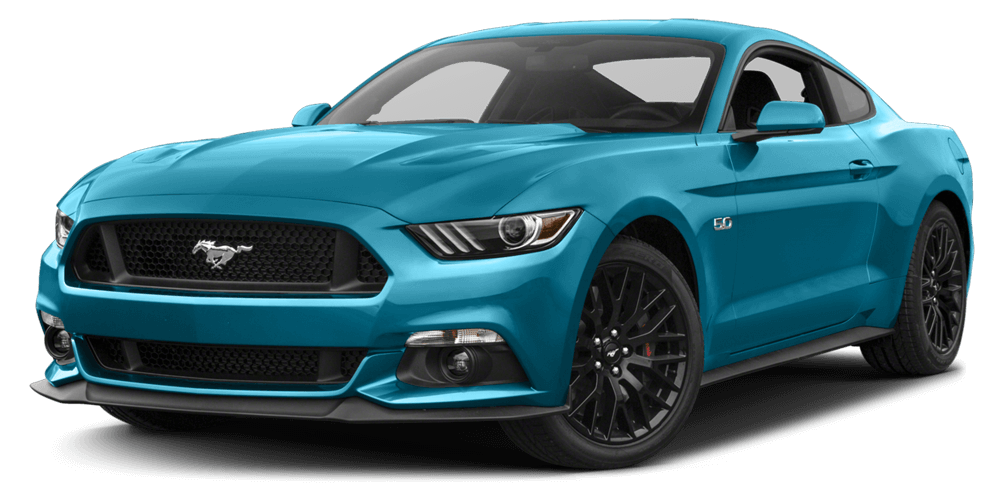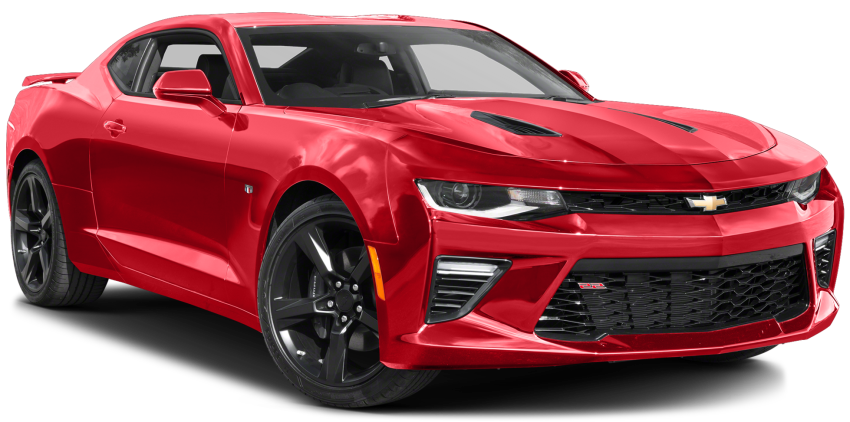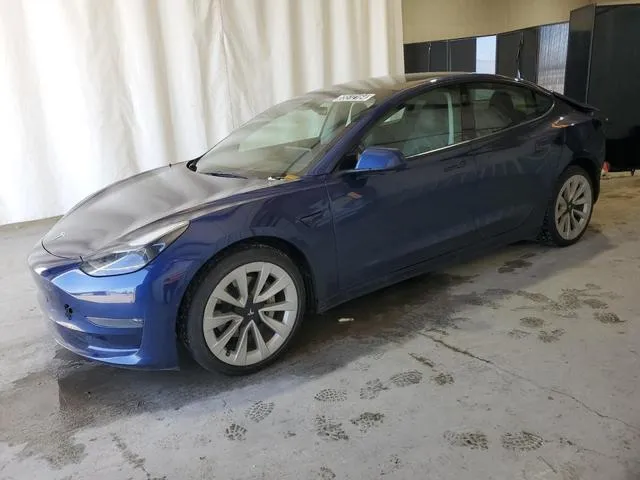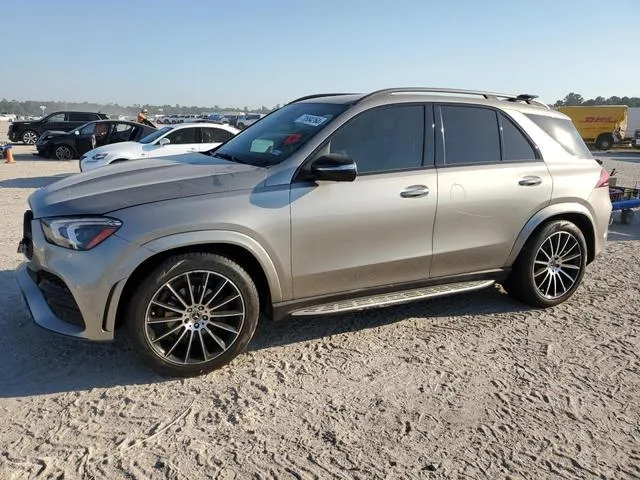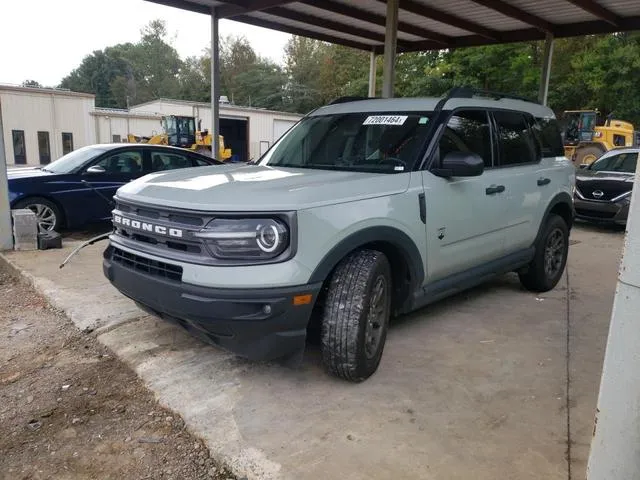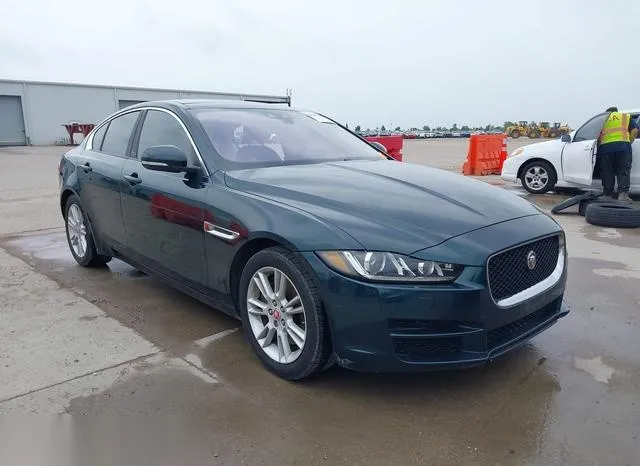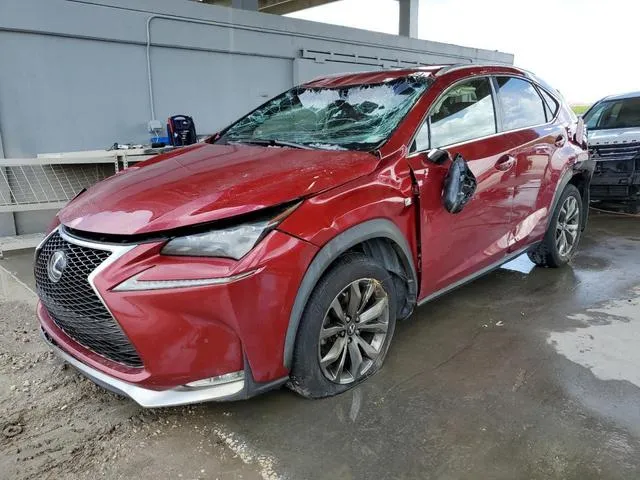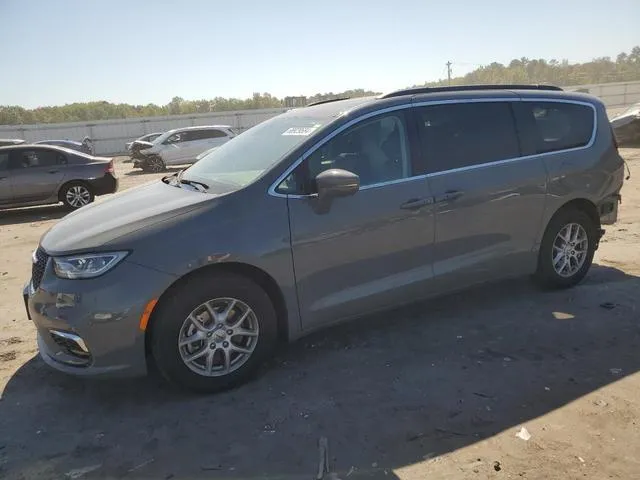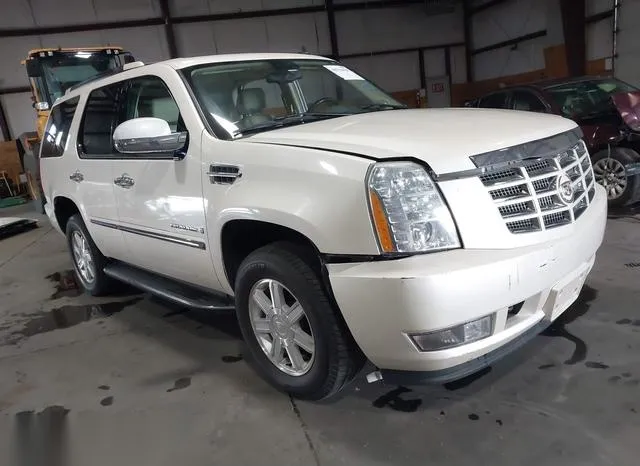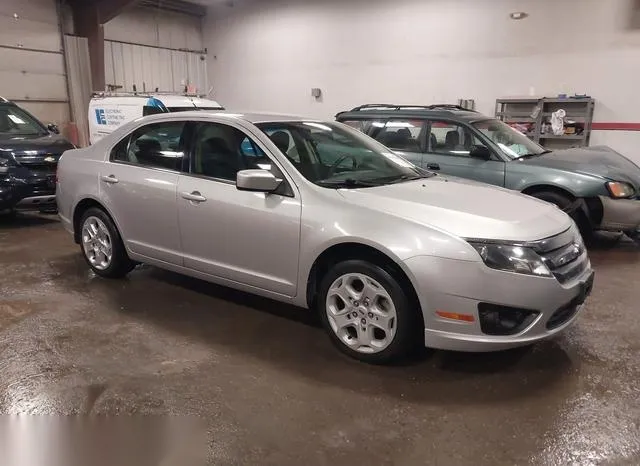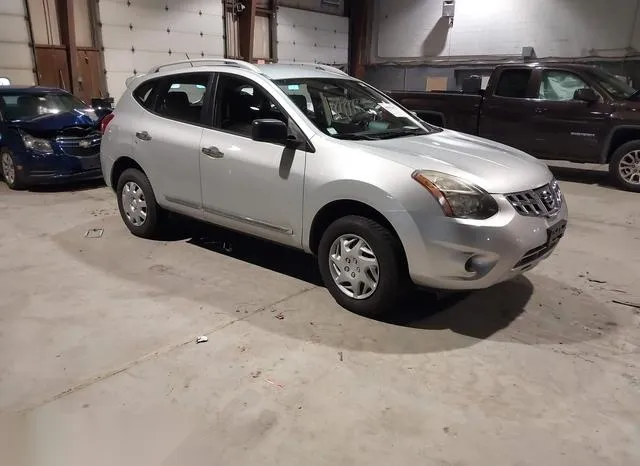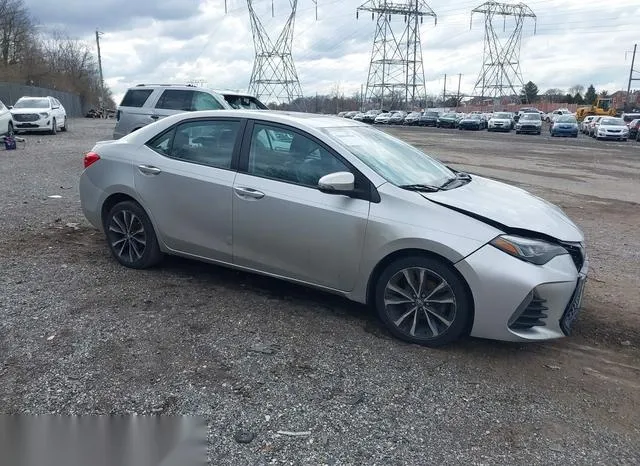The History of Fisker: Pioneering Electric Luxury and Sustainable Cars
Fisker Inc. is an American electric vehicle (EV) company that has captured the attention of the automotive world with its bold designs and commitment to sustainability. Founded by renowned automotive designer Henrik Fisker, the company has gone through several transformations over the years. Fisker first gained attention with the Fisker Karma, one of the world’s first luxury plug-in hybrid electric vehicles (PHEVs). After facing challenges, the company reinvented itself, focusing on fully electric vehicles and sustainable manufacturing. This article explores the fascinating journey of Fisker, its pioneering models, and its vision for the future of electric mobility.
The Beginnings: Henrik Fisker and the Vision for Electric Luxury (2007-2011)
Fisker Automotive was founded in 2007 by Henrik Fisker and Bernhard Koehler. Henrik Fisker, a Danish-born automotive designer, was already well-known for his work on iconic cars like the BMW Z8 and the Aston Martin DB9. With Fisker Automotive, he aimed to combine his passion for design with a focus on sustainability by creating luxurious, eco-friendly electric vehicles.
The company’s first and most famous model, the Fisker Karma, was introduced in 2011. The Karma was a sleek, high-performance plug-in hybrid electric vehicle (PHEV) with stunning aesthetics, featuring a solar panel roof and advanced technology. It was designed to offer luxury and sustainability, attracting celebrities and eco-conscious drivers alike. However, the Karma's development was plagued by production delays, financial difficulties, and technical issues, which ultimately led to the company’s bankruptcy in 2013.
| Model | Years of Production | Description |
|---|---|---|
| Fisker Karma | 2011-2012 | A luxury plug-in hybrid electric vehicle (PHEV) known for its groundbreaking design, solar roof, and eco-friendly focus, but also for its production challenges. |
The Fisker Karma: An Icon of Sustainable Luxury
The Fisker Karma was an ambitious project that combined luxury, performance, and sustainability. It was powered by two electric motors, with a turbocharged 2.0-liter four-cylinder gasoline engine acting as a range extender. The Karma had a total system output of 403 horsepower, and it could travel around 32 miles on electric power alone before the gasoline engine kicked in to extend the range to about 300 miles.
The Karma’s design was one of its most striking features, characterized by its long, low-slung body, aggressive front grille, and distinctive lines. Its interior was also eco-friendly, featuring reclaimed wood and recycled materials. The solar panel roof was not only a design statement but also served to power auxiliary systems, making the Karma one of the most advanced and eco-conscious cars of its time.
Despite receiving praise for its aesthetics and eco-friendly technology, the Karma struggled with reliability issues, and the company faced supply chain disruptions, particularly due to its battery supplier, A123 Systems, going bankrupt. These challenges led to Fisker Automotive filing for bankruptcy in 2013, marking the end of the Karma’s production after only about 2,500 units were built.
Fisker Automotive’s Fall and the Birth of Karma Automotive (2014-2016)
After Fisker Automotive went bankrupt in 2013, its assets were purchased by the Chinese auto parts company Wanxiang Group in 2014. The new owners rebranded the company as Karma Automotive and revived the Fisker Karma under the new name “Karma Revero” in 2016. The Revero retained the Karma’s original design but featured improved technology and better reliability. Despite this revival, Henrik Fisker was no longer involved with the company, and he shifted his focus to a new project: Fisker Inc.
| Model | Years of Production | Description |
|---|---|---|
| Karma Revero | 2016-Present (under Karma Automotive) | A revived version of the Fisker Karma, featuring the same design but with upgraded technology and improved reliability under the new Karma Automotive brand. |
The Rebirth of Fisker Inc. and a New Vision (2016-Present)
In 2016, Henrik Fisker launched a new company, Fisker Inc., with a renewed focus on fully electric vehicles (EVs) and a mission to make sustainable mobility accessible to the masses. Unlike the original Fisker Automotive, which focused on high-end luxury hybrids, Fisker Inc. aimed to produce affordable electric vehicles with innovative technology and sustainable manufacturing processes.
The company’s first major announcement under its new direction was the Fisker EMotion, a luxury electric sedan with a range of over 400 miles and advanced autonomous driving capabilities. The EMotion was set to compete with Tesla and other luxury EV manufacturers, but Fisker shifted its focus to more mass-market vehicles to better align with global trends in electric mobility.
Fisker Ocean
In 2020, Fisker Inc. unveiled the Fisker Ocean, a fully electric SUV that was designed to be affordable, sustainable, and stylish. The Ocean’s eco-friendly credentials include a vegan interior, recycled materials, and a solar panel roof similar to the Karma’s. The Ocean is aimed at the growing market for electric SUVs, offering a range of up to 350 miles, advanced connectivity features, and a price point designed to make electric vehicles more accessible to a wider audience.
The Ocean is being produced in partnership with Magna Steyr, a global leader in vehicle manufacturing, and Fisker plans to deliver the first vehicles in 2023. With its focus on sustainability and affordability, the Ocean is a key part of Fisker’s vision to democratize electric vehicles and bring EVs to the mainstream market.
| Model | Years of Production | Description |
|---|---|---|
| Fisker Ocean | 2023-Present | A fully electric SUV designed with sustainability in mind, featuring a vegan interior, recycled materials, and a solar panel roof, offering a range of up to 350 miles. |
Fisker Pear
In 2022, Fisker Inc. announced a new project called the Fisker Pear, a smaller, more affordable electric vehicle designed to be priced under $30,000. The Pear (which stands for "Personal Electric Automotive Revolution") is aimed at urban drivers looking for a compact and affordable EV option. With a focus on practicality, affordability, and sustainability, the Pear is expected to play a crucial role in Fisker’s strategy to make EVs more accessible to the general public.
| Model | Years of Production | Description |
|---|---|---|
| Fisker Pear | Expected in 2025 | A compact, affordable electric vehicle aimed at urban drivers, designed to be priced under $30,000, part of Fisker’s strategy to bring sustainable EVs to the mass market. |
Fisker’s Commitment to Sustainability and Innovation
Fisker Inc. has positioned itself as a leader in sustainable automotive design, with a strong emphasis on reducing the environmental impact of its vehicles. In addition to using recycled and vegan materials in its cars, the company is exploring innovative manufacturing processes that reduce waste and energy consumption. Fisker also plans to use renewable energy sources in its production facilities to further reduce its carbon footprint.
One of the standout features of Fisker’s vehicles, starting with the Ocean, is the integration of a solar panel roof. This feature allows the vehicle to harness solar energy to help extend its range and reduce reliance on charging infrastructure. Fisker’s focus on sustainability is also reflected in its plans to recycle and repurpose old EV batteries, further contributing to a circular economy.
Conclusion
Fisker’s journey has been one of bold innovation, early setbacks, and a triumphant return to the electric vehicle market. From the luxurious Fisker Karma to the affordable and sustainable Fisker Ocean, the brand has always pushed the boundaries of design and technology. Today, Fisker Inc. is positioned to play a significant role in the growing electric vehicle market, offering stylish, eco-friendly, and accessible EVs that appeal to a broad range of drivers. As the automotive industry shifts toward sustainability and electrification, Fisker’s commitment to innovation and environmental responsibility ensures that it will remain a key player in the future of mobility.



